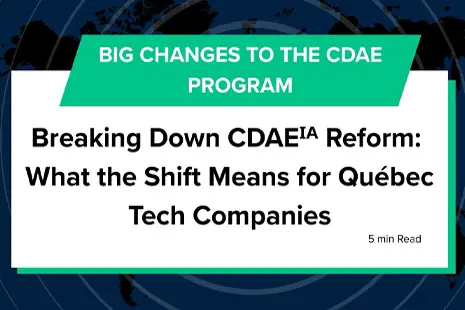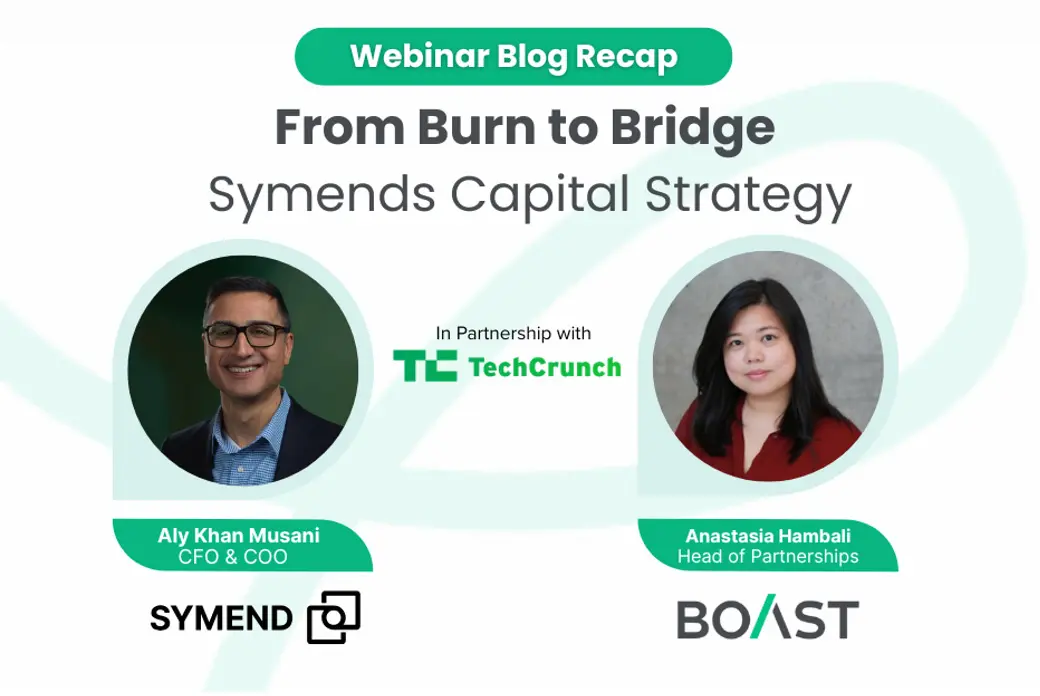The manufacturing industry is under a lot of pressure due to inflation, supply chain issues, and a worker shortage.
By taking advantage of R&D tax credits, manufacturing companies can alleviate some of this pressure, offset their income tax liability, and invest more money back into their businesses.
To further simplify the process, manufacturers can rely on automated tools that will make sure they’re taking full advantage of all the tax credits they’re eligible for.
Qualifying R&D Activities and Job Titles
If you conduct some of the following research activities, you may qualify for R&D tax credits for manufacturing:
- Developing automated manufacturing processes to reduce manual labor
- Developing products or processes to improve their efficiency
- Working on new or enhanced QA (quality assurance) testing
- Improving existing or developing new packaging methods
- Developing manufacturing equipment
Your company may also qualify for R&D tax credits for manufacturing if you employ:
- CNC machine operators
- Engineers (manufacturing, design, product, software, etc.)
- Computer-aided design (CAD) technicians
- QA managers
To be fully clear on whether your research activities are eligible for a tax credit, you should follow IRS guidelines that stipulate qualifying and non-qualifying activities and expenses.
IRS Guidelines for R&D Tax Credits
The IRS guidelines on qualifying activities related to research and development can be found in Section 41. Manufacturing companies and all other businesses who wish to claim tax credits must meet all of the requirements of the four-part test. It consists of:
- The section 174 test, which stipulates that a company must have incurred the expenditures as part of its business and that the expenditures must be an R&D cost “in the experimental or laboratory sense.”
- The discovering technological information test, which requires that experiments must be based on engineering, physical, computer, or biological sciences.
- The business component test, which demands that any discovered information should be used toward developing a new or improving an existing business component.
- The process of experimentation test, which requires that research activities identify uncertainties connected to developing new or improving existing business components, identify alternatives to remove the uncertainty, and analyze the alternatives.
Section 41 also provides guidelines on qualified research expenses, which apply to:
- Wages paid to employees performing “qualified services”: conducting, directly supervising, or directly supporting qualified research activities
- Supplies that employees use to perform qualified research and are directly connected to qualified services
- Contract research expenses, amounting to 65% of costs that the company pays out to persons that are not employees to perform qualified services
Additionally, the IRS provides a list of exclusions — research activities that are not eligible for an R&D tax credit. The exclusions span:
- Research after commercial production
- Adaptation — altering a business component to a specific customer’s needs
- Duplication — replicating a pre-existing business component, partially or entirely
- Surveys, studies, and research related to management functions
- Internal-use software
- Foreign research — research performed outside the US, Puerto Rico, or any other possession of the US
- Social sciences such as behavioral sciences, business management, economics, humanities, and arts
- Funded research — research that was funded by government grants, contracts, or another person or government body
Maximize Your Tax Credit Claims With Boast
Manufacturing companies use Boast’s AI-powered solution to ensure they get the most out of their R&D tax claims, saving an estimated 60 hours on average and yielding 15% larger claims.
The solution, BoastClaim R&D, connects to your technical and financial systems, gathers data, and automatically categorizes eligible activities and expenses. By automating a time-consuming process, manufacturers can dramatically simplify filing for R&D tax credits and avoid leaving money on the table.
Download our free guide to R&D tax credits to learn more about how to amplify your tax claims and get valuable documentation tips.
R&D Tax Credits for Engineering Firms
Eighty percent of companies plan to increase their engineering R&D spending in 2022 by over 10%. In support of these efforts, the federal government offers R&D tax credits on qualifying research activities that help companies reinvest in their business.
To qualify, engineering firms must meet several IRS requirements — a process that can be quite complex. Nevertheless, there are software tools engineering companies can lean on to simplify the process and maximize their tax claims.
Qualifying R&D Activities and Job Titles
If your engineering firm conducts some of the following research activities, you might be eligible for R&D tax credits:
- 3D modeling
- Developing new or improving existing heating, ventilation, and air conditioning (HVAC) systems
- Developing clean energy infrastructure
- Developing water supply systems
- Researching and evaluating new materials
Your company may also qualify for R&D tax credits for manufacturing if you employ:
- Engineers (civil, electrical, environmental, design, mechanical, structural, etc.)
- Engineering technicians such as drafters
To get clarity on whether your engineering research is eligible for the R&D tax credit, you can refer to IRS guidelines that detail what does and doesn’t constitute a qualified research activity.
IRS Guidelines for R&D Tax Credits
Engineering firms that plan to claim tax credits can refer to Section 41 on the IRS website to learn which R&D activities and expenses are eligible.
Section 41 includes the four-part test, which all companies applying for the tax credit must pass. It consists of:
- The section 174 test, requiring that all expenses are related to the company’s business and that they’re an R&D cost in an experimental or laboratory sense. This does not include land and depreciable property-related expenses.
- The discovering technological information test, requiring companies to conduct research with the aim of removing uncertainties related to the development of business components. The research must also employ engineering, biological or physical sciences, or computer science.
- The business component test, which demands that any information companies discover during research is applied to developing new or improving existing business components.
- The process of experimentation test, requiring experiments to identify the uncertainty related to improving or developing business components, find alternatives to remove uncertainty, and then analyze the alternatives.
Additionally, the IRS provides specific guidelines related to qualified research expenses, which stipulate R&D costs that are eligible for the tax credit. Qualified research expenses are made up of:
- Wages the company pays out to employees that are engaged in “qualified services,” which means conducting, directly supervising, or supporting qualified research activities
- Supplies that employees need to perform qualified research; the supplies must also be directly connected to qualified services
- Contract research expenses, constituting 65% of any expense that the company incurs for the performance of qualified services by a person that isn’t an employee of the company
Businesses should also take note of research activities that are excluded from the tax credit, which consist of:
- Research after commercial production
- Adaptation — changing a business component to fulfill the requirements of a specific customer
- Duplicating an already existing business component, either partially or completely
- Surveys, studies, and research connected to management functions
- Internal-use software
- Foreign research that took place outside the US, Puerto Rico, or any other possession of the US
- Social sciences (arts, humanities, economics, behavioral sciences, business management)
- Research that was funded by another person or government body, government grants, and contracts
Amplify Your Tax Credit Claims With Boast
To take the complexity out of tax credit claims, engineering firms can leverage Boast’s AI-powered solution, BoastClaim R&D. It integrates with your technical and financial systems and collects and categorizes data into eligible activities and expenses.
The results are 15% larger claims and average time savings of 60 hours, allowing engineering firms to redirect their focus to their core business with more funds to support their growth.
Download our free guide to R&D tax credits to learn more about how to amplify your tax claims and get valuable documentation tips.


